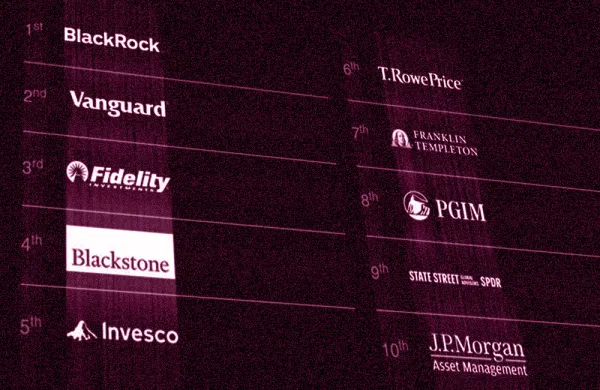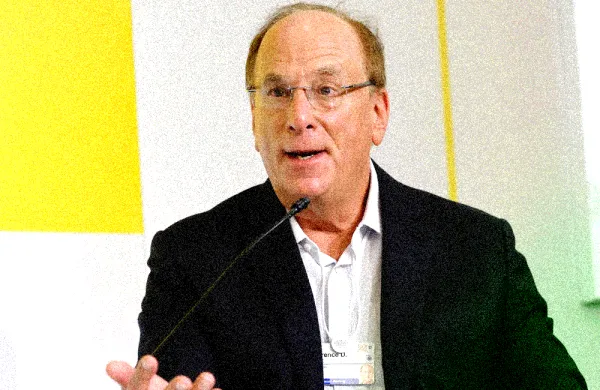Asset managers are pulling record amounts of money into funds with environmental and social goals, but they're falling short on developing behind-the-scenes' expertise and communicating their work to investors and other stakeholders. According to Peregrine Communications' 2021 ESG Report, these efforts are crucial to gain investors’ trust and in advancing real-world initiatives related to complex Environmental, Social, and Governance goals. Although content like this often falls under marketing and communications, asset managers need high-quality scientific content on areas like deforestation and biodiversity, according to the report, called “How the World's Most Impactful ESG Asset Managers Communicate Their Contribution to a More Sustainable Future.”
“Much of asset management marketing today fails to match scientific reality,” wrote the authors of the report. “Years of progress in changing attitudes about sustainable finance will be undone if obvious greenwashing continues to rear its ugly head among some high-profile managers. Damaging headlines shine a spotlight on the discrepancy between rhetoric and reality. An entire industry can’t change overnight, but that journey is made more difficult by some players who seem to be willfully ignoring the huge gaps between what they say and what they do on ESG.”
There’s been a sharp increase in ESG content over the past year, but most asset managers fell short in delivering their message effectively, according to the report released this week.
The firm, based in London and New York, found that 49 percent of the 84 ESG themes it assessed were over-indexed; in other words, there was an overload of discussions on the same themes compared to the demand for those topics. “Overall, the results show that the content is still heavily weighted towards generic material and that more specialist themes are under-represented relative to the organic interest in them,” the report stated.
Measuring the amount of content asset managers are putting out in tier one media, the volume of Google searches, and the extent of social engagement, the report found that content dedicated to ESG efforts was up by nearly 150 percent in 2020, compared to the previous year. At the same time, demand was up by more than 140 percent. The communications firm found that the pandemic was a catalyst for investors to focus on a “greener [economic] recovery.”
Yet only a handful of asset managers were effective in crafting a message. “[It was] a lack of focus, the lack of ability to find areas of white space where they can contribute meaningfully,” said Josh Cole, head of strategy at Peregrine. According to the report, areas such as “biodiversity and deforestation, remain areas severely lacking in supply. Herein lies an opportunity for well-placed managers, who are genuinely focused on the space to generate category authority around these more nuanced environmental topics.”
Eyes on Baillie Gifford, DWS, Robeco
The top five firms that each scored a 100 percent on the effectiveness of their campaign were able to do so largely by narrowing in on a message that aligned with their investments. This authenticity factor was a crucial point in increasing a firm’s brand awareness. For example, after announcing that it would prioritize decarbonization in January 2020, Robeco, which has about $215 billion in assets under management, added 232 fossil-fuel producers to its exclusion list. Moreover, Robeco was part of a group of investors who worked with energy and petrochemical giant Shell to help them set a plan to achieve net zero by 2050.“If you want to imagine a future, where everything is wind-powered, that’s going to take an awful lot of steel to build those wind farms,” Cole said, referencing a Baillie Gifford perspective. “You need to have a more holistic way of engaging with these issues.”
Amundi Asset Management topped the list as the most effective communicator, followed by Robeco and DWS Group, with NN Investment Partners and HSBC Global Asset Management rounding out the top five, according to Peregrine's ranking.
The best communicators, Cole explained, commit to no more than five topics that are unique to their business, instead of chasing content that their competitors are already covering well. “Communication has real world results on your brand,” he said.
“ESG is a relatively new investment style, but many of the firms involved in it are very traditional asset managers,” said Nathan Yates, founder of ForwardView Consulting. “These large, somewhat similar money management firms tend to collectively copy ideas instead of developing fresh themes.”
Cole cautions that a firm must first identify which themes genuinely align with its objectives. “A classic mistake is to go after areas of white space before you’ve defined your core capabilities,” he said. “That’s where you get inauthenticity.”
Yates cut to what he believed is at the heart of the matter: “Stop asking yourself, ‘What ESG fund offering will gather the most assets and be easy to market?’ Instead, ponder, ‘What ESG niche will likely offer strong returns to investors and simultaneously ignite our passion for making the world better?’”







